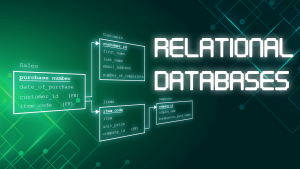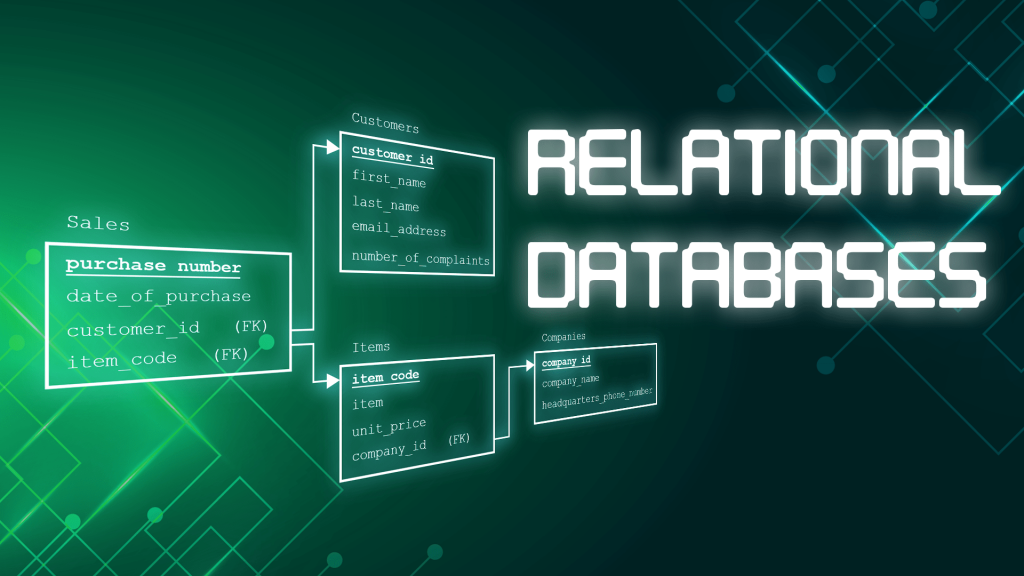SQL Made Simple: Understanding the Basics of Databases
SQL is a powerful tool for managing data. It stands for Structured Query Language. With SQL, you can interact with databases, organize data, and retrieve information quickly. Since data is everywhere in today’s world, learning SQL is a valuable skill. Let’s explore how it works and why it is so important.

1. What Is SQL?
SQL is a language used to manage data in databases. To put it simply, think of a database as a digital filing cabinet. SQL allows you to find, add, update, or delete files in this cabinet easily.
For instance, if you want to see all the employees in a company, you can use SQL to search the database. In other words, SQL makes working with data fast and efficient.
2. Why Is SQL Important?
SQL is essential because it simplifies how data is stored and managed. For example:
- Data retrieval: SQL helps find specific information, such as a customer’s details.
- Data management: It allows you to update or organize records.
- Automation: Tasks like generating reports can be automated with SQL commands.
- Wide use: Most industries, from healthcare to e-commerce, rely on SQL for data handling.
As a result, SQL is a must-have skill for professionals working with data in any field.
3. What Can You Do with SQL?
With SQL, you can perform many important tasks. For example:
- Create tables: Build a structure to store data.
- Insert data: Add new information to the database.
- Update data: Modify existing records to keep them accurate.
- Delete data: Remove unnecessary or outdated data.
- Query data: Retrieve specific information using filters.
For instance, if you run an online store, you can use SQL to check all the orders placed in a single day. Furthermore, you can organize this data to track sales or improve your services.

4. Basic SQL Commands
Learning SQL starts with understanding its basic commands. These include:
- SELECT: Retrieves data from a table.
- Example:
SELECT * FROM Customers;
- Example:
- INSERT: Adds new data to a table.
- Example:
INSERT INTO Customers (Name, Email) VALUES ('John', 'john@example.com');
- Example:
- UPDATE: Changes existing data in a table.
- Example:
UPDATE Customers SET Email='newemail@example.com' WHERE Name='John';
- Example:
- DELETE: Removes data from a table.
- Example:
DELETE FROM Customers WHERE Name='John';
- Example:
Each command serves a unique purpose. Consequently, mastering these basics will make you confident in using SQL.
5. How to Start Learning SQL
If you want to learn SQL, it’s easier than you might think. Here’s how you can begin:
- Choose a tool: Start with platforms like MySQL, PostgreSQL, or SQL Server.
- Practice basics: Focus on simple queries such as SELECT or INSERT.
- Use online resources: Many free tutorials and courses can guide you.
- Work on projects: Build small projects like a contact list or an expense tracker.
Additionally, joining communities or forums can help you find answers to your questions and stay motivated.
Conclusion
SQL is the backbone of database management. It helps businesses and apps organize and access data with ease. Because data plays such a big role in today’s world, learning SQL can open many opportunities. Whether you are just starting or looking to sharpen your skills, SQL is worth exploring. Start today, and see how it simplifies working with data!

